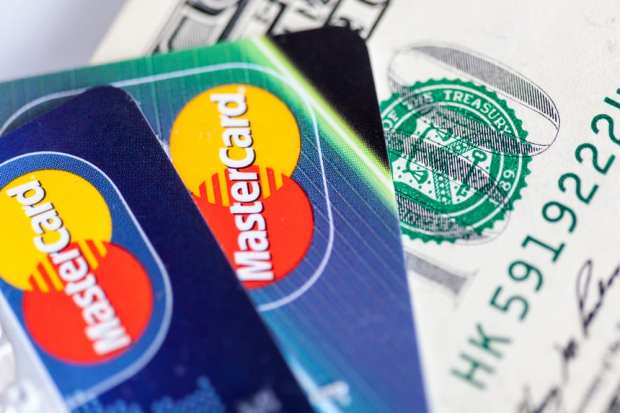Mastercard Reports X-Border Volume Growth In Mid-Teens In 2019

Mastercard’s results continued a string of double-digit gains in transaction count, growth in card count and, of particular note, continued traction in cross-border activity.
In terms of headline numbers, the company’s adjusted earnings per share of $1.78 were 12 cents higher than the Street had expected, while revenues were up 8 percent to $3.9 billion, better than the expected $3.8 billion.
The company said gross dollar volumes were up 12 percent to nearly $1.5 trillion in the latest period, while processed transactions gained 18 percent to 23.8 trillion transactions.
Drilling down into the gross dollar volumes, the company said United States volume was up 8 percent to $451 billion, outpaced by international growth, which was up 13 percent to $1 trillion.
Mastercard also pointed to growth in cross-border transactions of 13 percent, as measured in local currency.
Switched transactions were up 17 percent to 19.2 billion, according to the Tuesday results, while the number of cards outstanding by the company was up 7 percent to 2.5 billion, marked by a quarter-end tally of two billion Mastercard cards and 471 million Maestro cards.
Supplemental materials by the company revealed that cross-border volume fees were up 15 percent on a currency neutral basis to $1.2 trillion in the latest quarter. Management said on the conference call that double-digit volume growth has been seen in most markets, and cross-border growth stands in the mid-teens rate (where, for example, outbound spending from China amid travel-related activity remains strong). By way of example, according to Mastercard, GDV, as measured locally, saw 13.4 percent growth year over year in Latin America, and 17.5 percent in Europe.
Mastercard CEO Ajay Banga noted on the conference call with analysts that the macroeconomic backdrop remains solid in the United States amid a resilient jobs market, and that even in Europe, marked by Brexit uncertainty, spending continues. He pointed to recently announced initiatives such as those with Apple (on the tech giant’s credit card) and with Goldman Sachs, as evidence that the company has been busy “expanding [its] geographic footprint” for real-time payments.
